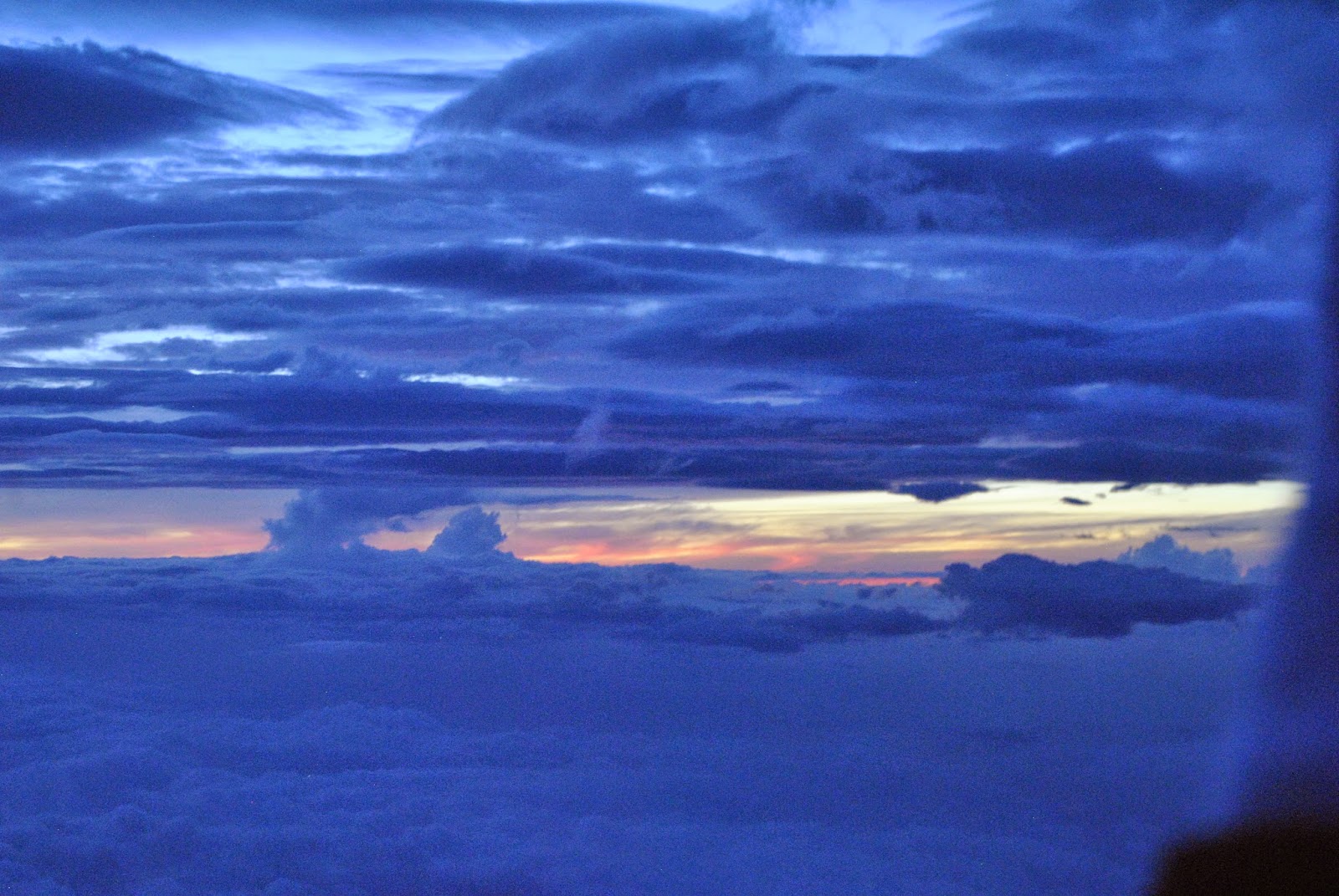Lately I flew to Canada, visiting Vancouver and Toronto.
Vancouver is full of Asian people, only 50 percent of the population is Canandian, around 30 percent are Chinese, and then there are many Japanese, Korean, Indian people etc. It´s a real melting pot and you can see and hear it on the streets.
So when I arrived in Vancouver, I was sure to find a warm Ramen noodle soup I craved!
So when I arrived in Vancouver, I was sure to find a warm Ramen noodle soup I craved!
During another trip I saw a Ramen restaurant and I wanted to go there. I remembered the restaurant being near Robson Street, the main shopping street in Downtown. I walked down the street ant lucky as I was I found the restaurant, called `Kintaro Ramen` (have a look at this blog http://www.ramenramenramen.net/2010/02/22/ramen-rating-kintaro-ramen-vancouver-bc/, quite interesting).
There was a little queue, thus I had to wait a little bit.
There was a little queue, thus I had to wait a little bit.
But as soon as I had taken a seat at the bar I felt like beeing back in Japan. The restaurant was quite small, but filled with Asian people, the guests as well as the cooks and waiters.
The kitchen was behind the bar, therefore I could watch the chefs at work. There where biiiiig pots, 4 at the same time, with broth and other things I don´t know in it. It was really interesting to watch, even if I couldn´t finally say, how to make a soup a, because the cook used so many different ingredients...
The soup was delicious, warm and tasty!!! I was happy.
Domo arigato!
Let´s move on to Toronto
Toronto is the biggest city in Canada, with 2.6 million inhabitants and is situated on the Great Lakes (the Lake Ontario is the one at Toronto).
The first thing I wanted to do in Toronto was to visit Niagara Falls. We did this on the first evening we arrived. So we saw the falls during the night, which was quite...icky! (?)
I prefer the natural feeling of a big nature spectacle like this, but didn´t get the feeling because of `little Las Vegas` around the falls and the colorful illumination of the falls. But anyways it was nice to see them (next time during day time), and I made some great pictures.
The next day I went to see St. Lawrence Market, a wonderful huge market, with more than 120 retailers. You´ll get everything there from seafood to coffee, from butcheries to wonderful bakeries. I hardly could decide what to eat, so I went there twice, for breakfast and lunch.
The original market was built back in 1803, and was made entirely out of wood. After a long phase of neglect it got redeveloped between the 1970s and 1990s. I really enjoyed walking around and looking at all the different things on display, trying some food, and absorbing the atmosphere.
Have a look on the market´s site:
By the way, another great market, this one is in Vancouver, is the Granville Island market. I love it!
Take a Salmon Bagel at the Bagel bakery, it´s the best :)
http://granvilleisland.com/granville-island-farmers-market
Take a Salmon Bagel at the Bagel bakery, it´s the best :)
http://granvilleisland.com/granville-island-farmers-market










































